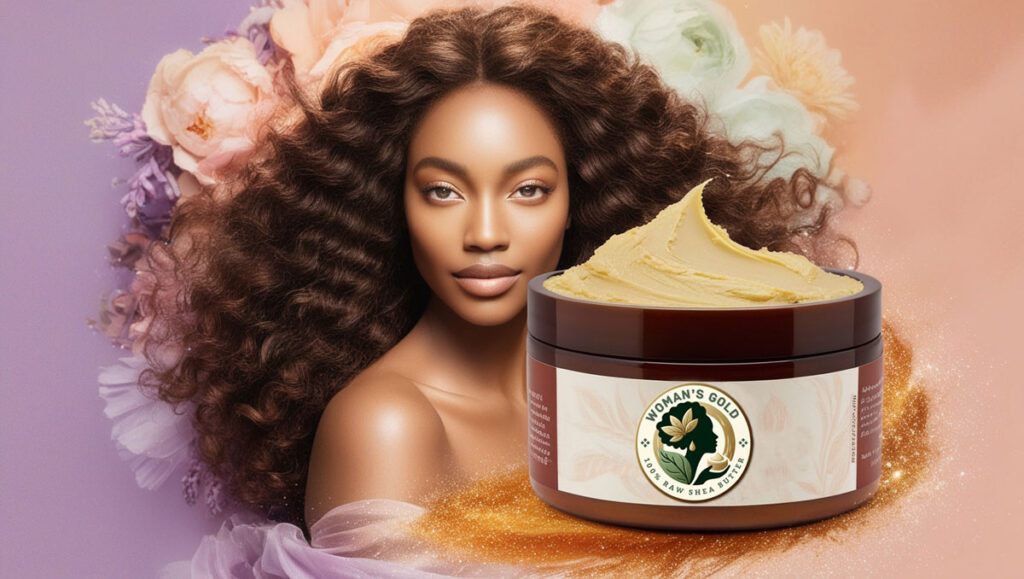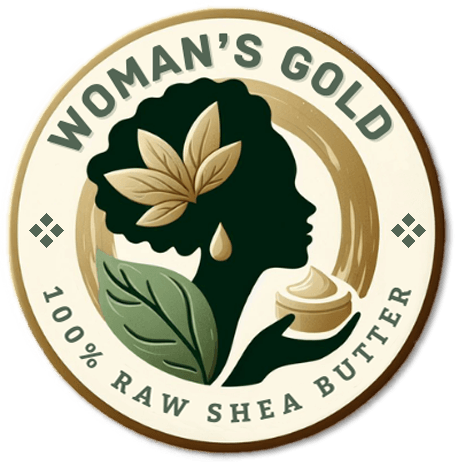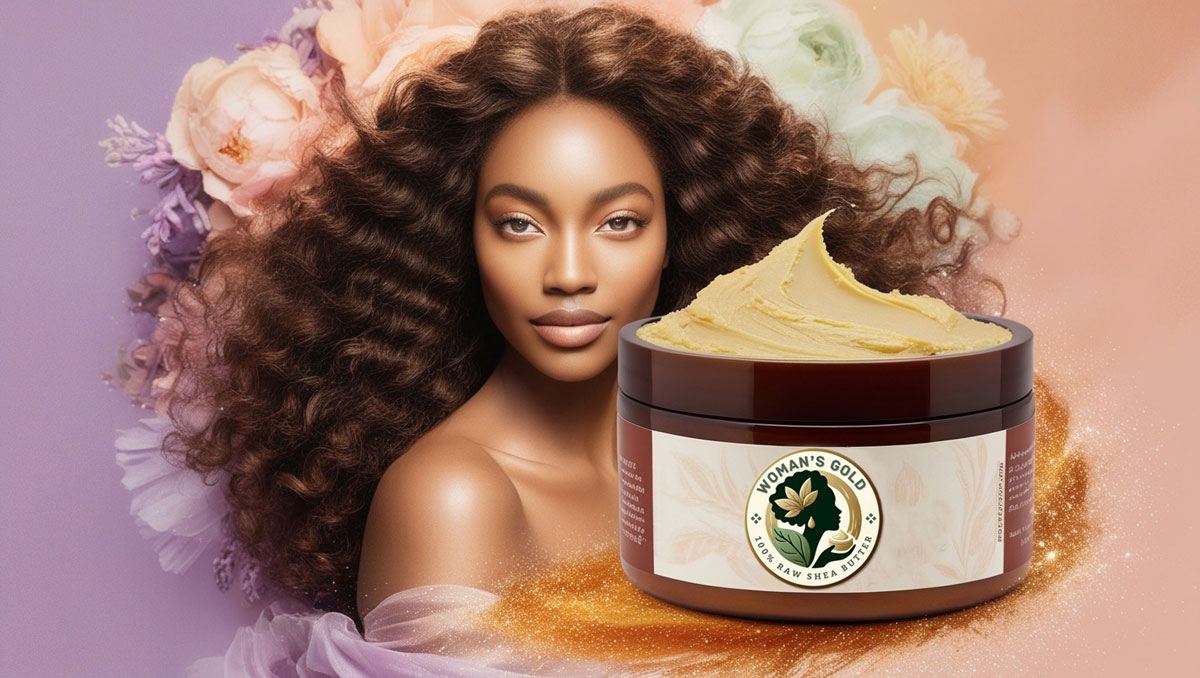I’m going to let you in on a little secret: Shea butter could be your golden ticket to banishing hair frizz for good. Now, you might have heard of shea butter in the context of skincare, but its benefits for hair might not be as well known. So, what makes shea butter so special for your tresses?

This isn’t just about its moisturizing prowess, it’s also about how it’s packed with fatty acids like linoleic, oleic, stearic, and palmitic acids. These are naturally nourishing and are incredibly effective in smoothing those pesky flyaways. Not to mention, it’s enriched with vitamins A and E which work to protect your hair from environmental damage.
But how exactly does shea butter tackle frizz and dryness? Well, it coats each hair strand with a smooth, protective layer, helping to lock in moisture and shield against humidity – a known culprit for causing frizz. This is a boon for those with curly or coarse hair types, which are more prone to dryness.
If you want to compare shea butter with other frizz-control products, you’ll find out that many rely on silicones that provide a temporary fix by coating the hair. Shea butter, on the other hand, offers a more natural solution that can help improve hair health over time.
Your Ultimate Guide to Using Shea Butter for Luscious Locks
I’m going to break down the steps to incorporate shea butter into your hair care routine to combat frizz and enhance hair health. First, you’ll want to start with a small amount of shea butter; a little goes a long way. You can always adjust your approach down the road, but it’s important to start light to ensure you don’t weigh your hair down.
There’s a lot of opportunity in the different forms of shea butter available, from raw, unrefined shea butter to refined or even whipped versions. Choose something that resonates with you and your hair care needs. Some prefer the pure, nutrient-rich experience of unrefined shea butter, while others may opt for the smoother application of refined versions.
Now for the application – you’re going to find out about the most effective way to apply shea butter. Warm it between your palms before gently massaging it into your hair, focusing on the ends where frizz is most frequent. If you have curly or coarse hair, shea butter can be a godsend, helping to define curls and tame unruliness without harsh chemicals.
Don’t worry too much about perfection on your first attempt. Remember, your first attempt doesn’t need to be your last. You can always fine-tune the quantity and frequency based on how your hair responds. Listen to your locks and they’ll tell you what they need.
In my experience, incorporating it into your daily or weekly routine can make a significant difference. Whether you’re using it as a pre-shampoo treatment, a leave-in conditioner, or a styling aid, shea butter offers a versatile solution to frizz that also nourishes your hair.
I really hope that you explore the benefits of shea butter for your hair. It’s been a game-changer for many, and it might just be the answer you’re looking for. Remember, the path to frizz-free hair isn’t just about finding the right product; it’s about finding what works for you.
FAQ
Shea butter is a natural fat extracted from the nuts of the Shea tree. It’s rich in vitamins A and E, as well as essential fatty acids. For frizz-prone hair, Shea butter provides deep moisture and nourishment, which helps to smooth the hair cuticle, reduce frizz, and add shine.
To use Shea butter for frizz control, take a small amount of raw Shea butter, warm it between your palms until it melts, and then apply it evenly through your damp or dry hair. Focus on the ends and any particularly frizzy areas. You can also mix Shea butter with other oils like coconut or argan oil for added benefits.
While Shea butter is deeply moisturizing, it can be heavy for fine or thin hair if used excessively. If you have fine hair, start with a very small amount and focus on the ends rather than the roots. You can also opt for a Shea butter-infused hair product that’s specifically formulated for lighter application.
Yes, Shea butter is suitable for all hair types, but the way you use it might vary. For thick, curly, or coarse hair, you can use Shea butter more generously. For fine, thin, or oily hair, use it sparingly and focus on the tips to avoid greasiness. Always adjust the amount based on your hair’s needs.
The frequency of using Shea butter depends on your hair type and condition. For dry or damaged hair, you might benefit from using it 2-3 times a week. For normal hair, once a week or as needed should suffice. Pay attention to how your hair responds and adjust accordingly.

